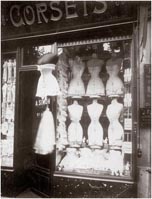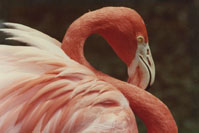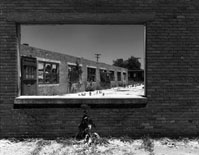There are lots of people who only take pictures while on vacation. That’s great but, for some reason, they don’t think their everyday surroundings are worth shooting. Well, they are! A French photographer, Eugene Atget (1857-1927), spent a huge amount of time taking pictures of Paris, its buildings, people, architectural details, fountains, statues, interiors, and on and on. He found an amazing number of great subjects right in his own backyard and, today, they are a unique archive of the city of Paris from his era. Once you start looking around your own hometown, or country neighborhood, you’ll also see some amazing shots just waiting to be captured. I particularly like to shoot interesting signs and building details. And, because things are always changing, you will probably be capturing images of places that won’t be there tomorrow. I didn’t take many pictures as a kid, but I wish I had. I certainly have memories of the drug store where I used to buy comics, the old movie theater, the root-beer stand, the house in the country where we lived, but I have no photographs to accompany those memories.
|

Corset Shop, Paris.
by Eugene Atget
|

Frigid Whip sign (now gone), Perry Co. 486.12, from 2nd Stories.
|




















